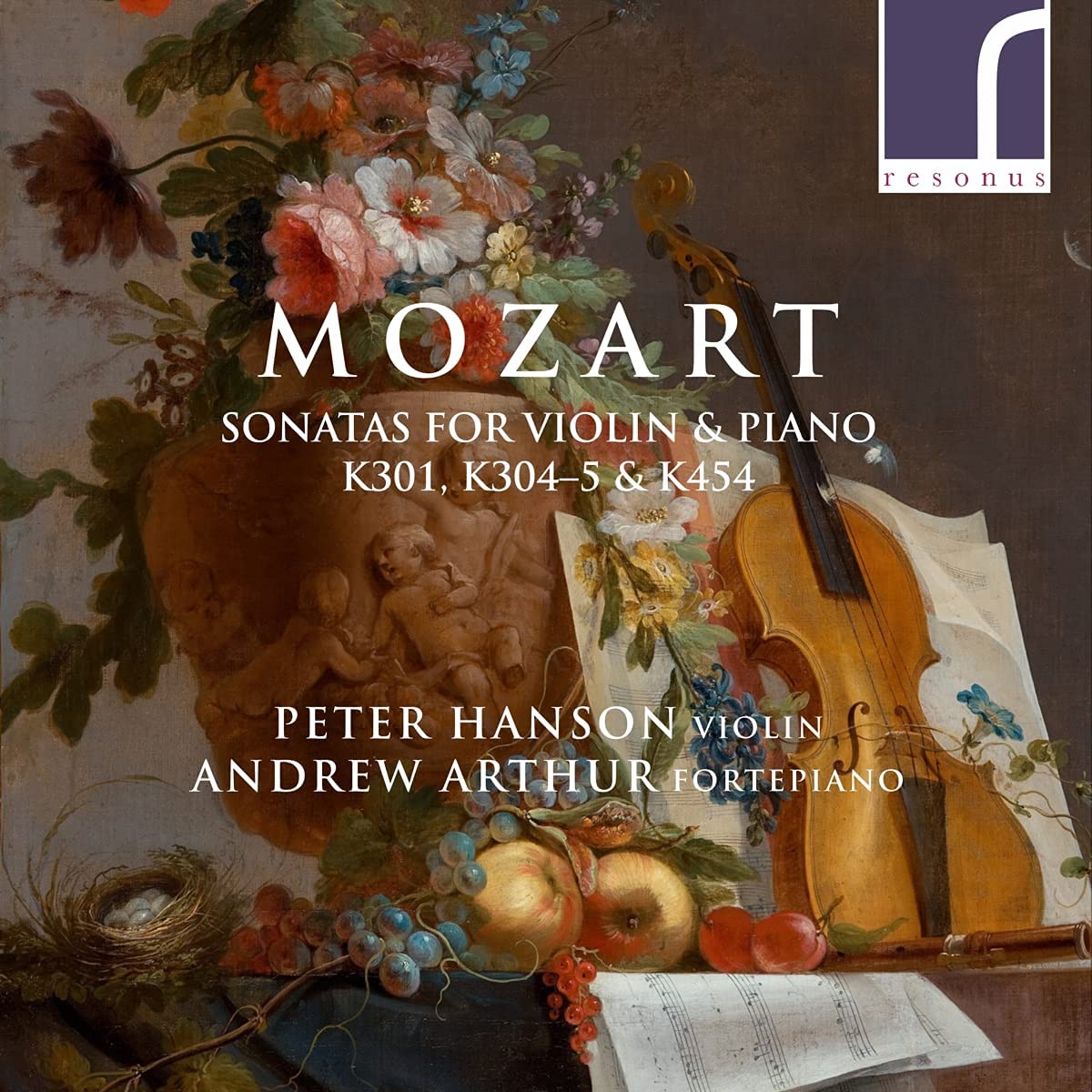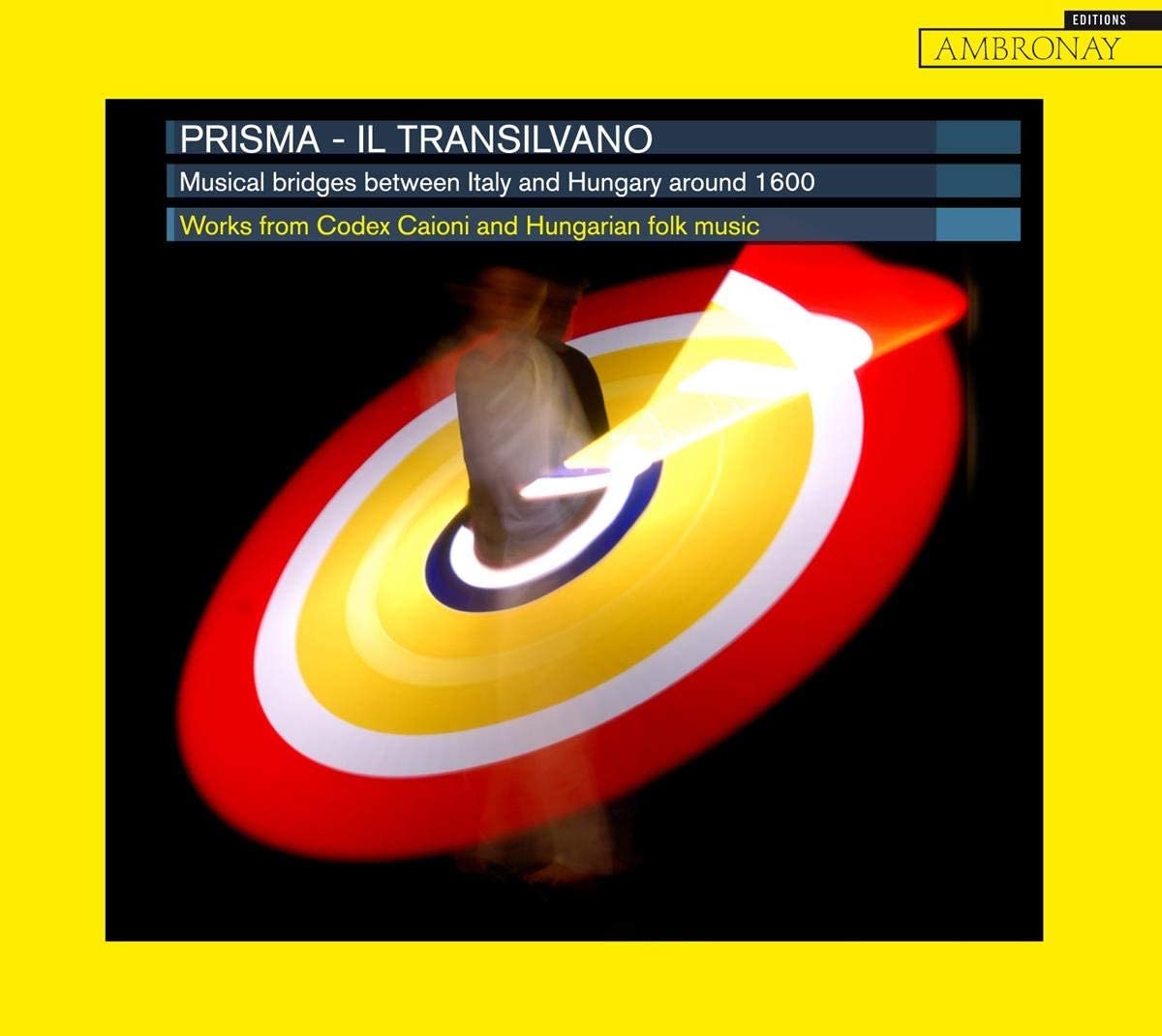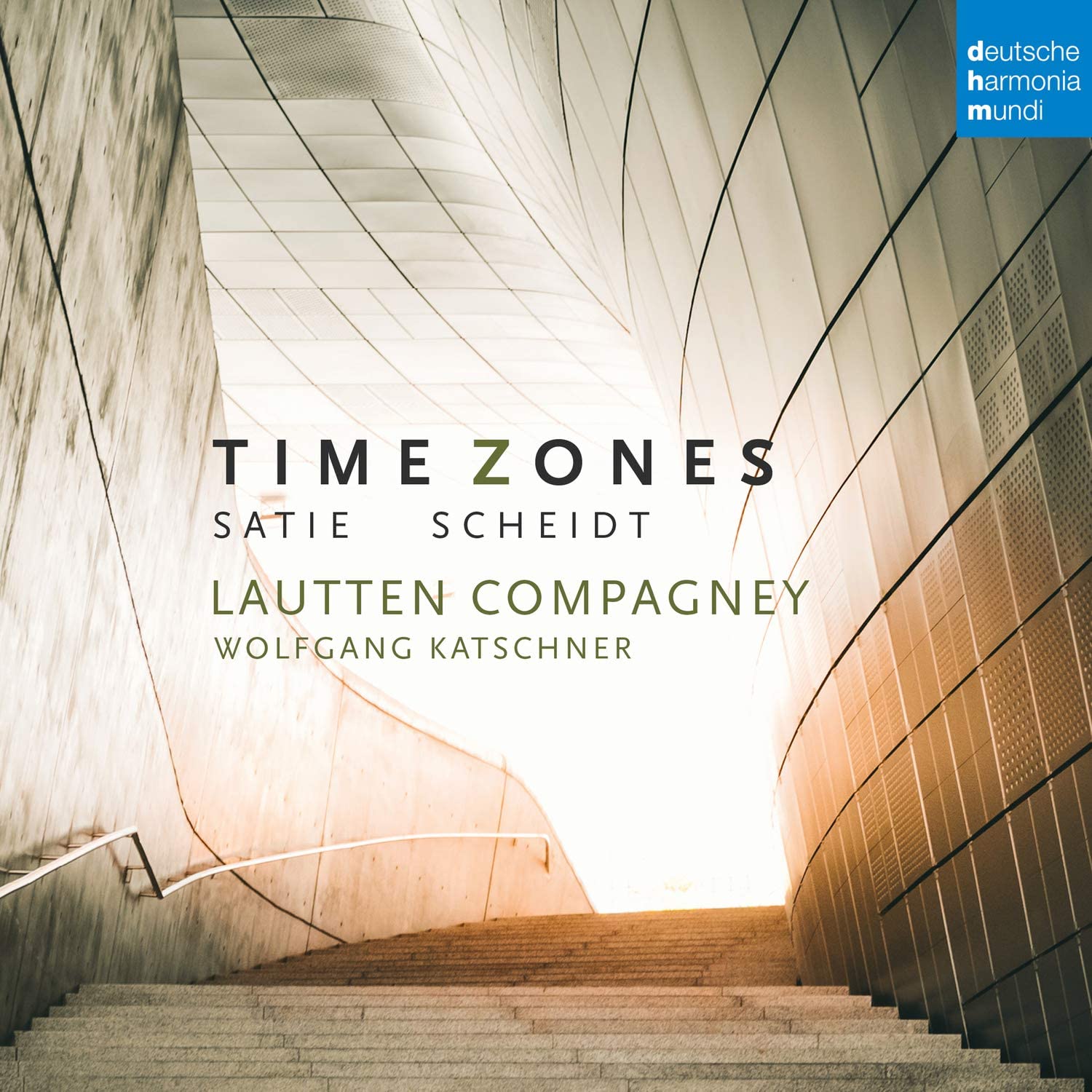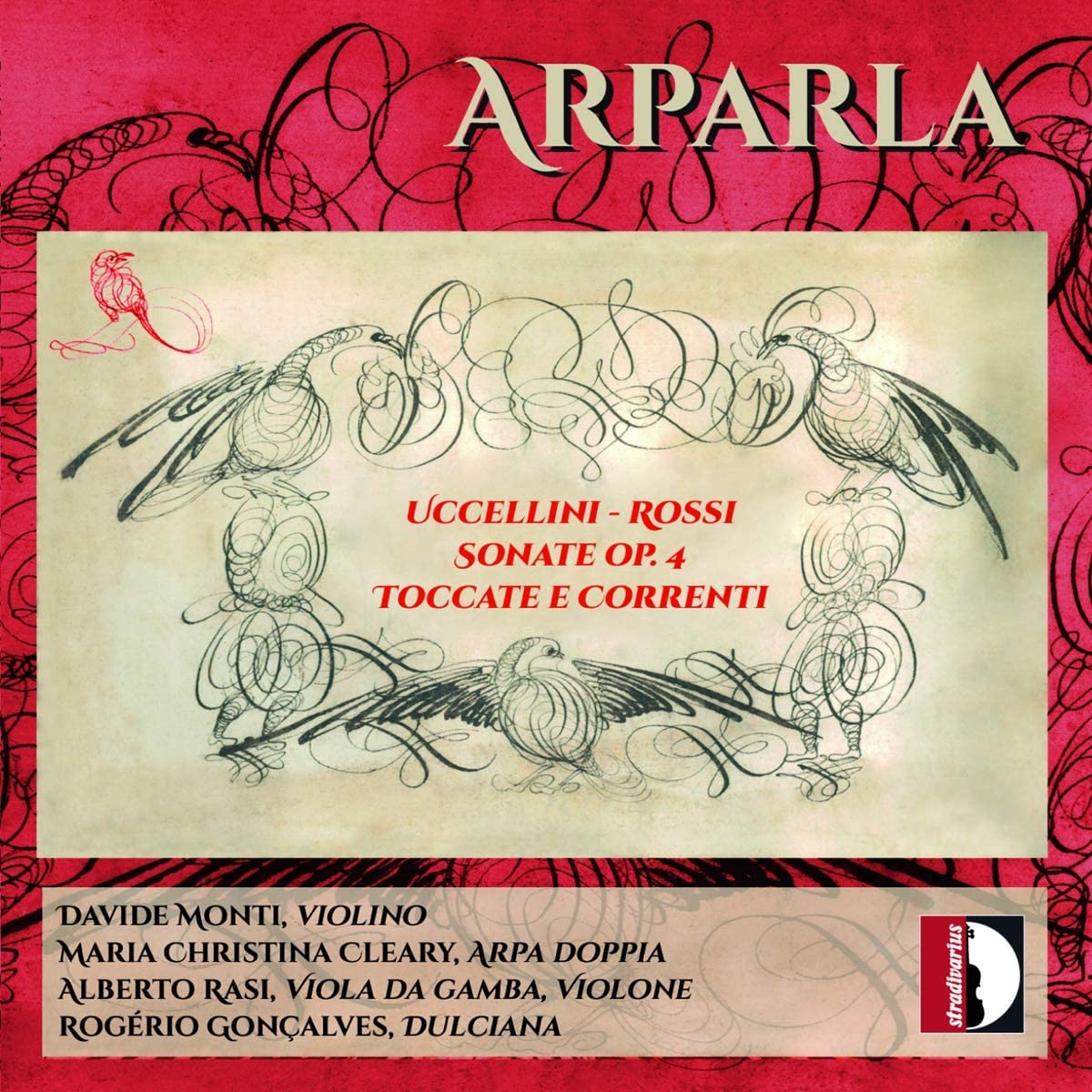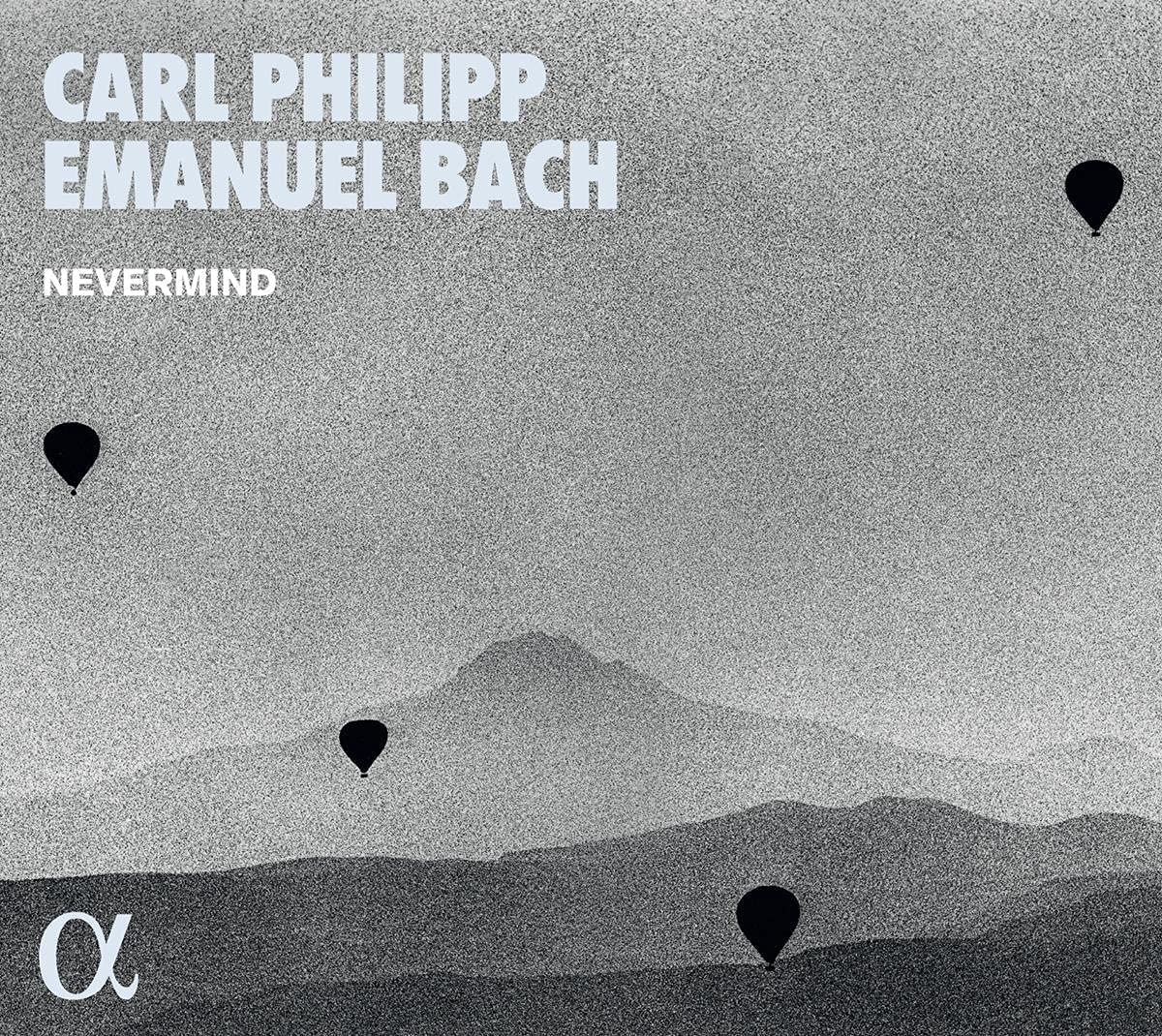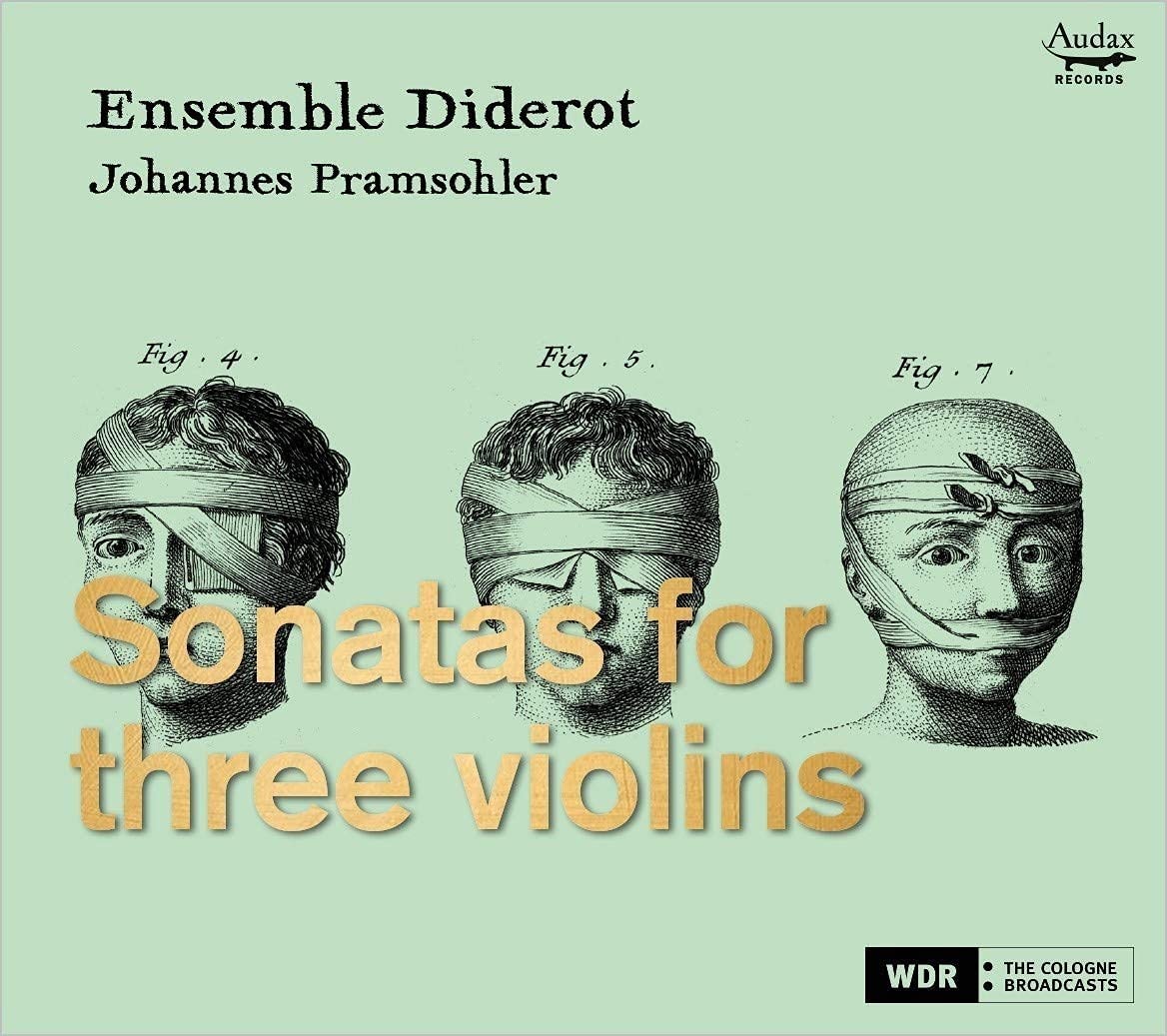K. 301, 304-306, 454
Peter Hanson violin, Andrew Arthur fortepiano
79:07
resonus RES10281
Click HERE to buy this on amazon.co.uk
[These sponsored links help the site remain alive and FREE!]
It must be something of a disappointment to violin players that so much of the music that Mozart wrote for their instrument is from his youth, and that these early sonatas and concertos sound a little trivial. This is thrown into further relief by the wonderfully idiomatic writing for violin in his larger-scale chamber music and in the superb Sinfonia concertante. The renowned period violinist Peter Hanson teams up here with the equally celebrated fortepianist Andrew Arthur in effervescent performances of three of the six sonatas ‘for harpsichord or fortepiano with accompaniment for a violin’ K 301, K304 and K305. The balance in interest between the two instruments is not quite as clear-cut as the title suggests, but it does mean that the fortepiano takes a relatively active part in proceedings. Composed for and played by Maria Elisabeth Auguste, Kurfürstin of the Palatinate, with Mozart at the keyboard, the violin part places moderate technical demands on the aristocratic protégé, and yet there is a feeling that this relatively superficial music is designed to present Maria in a flattering light and to promote Mozart’s application for a job. With the fourth Sonata performed here, the later Bb major Sonata K454, we are in a different world entirely. Composed for the professional violin virtuoso, Regina Strinasacchi, a product of the rigorous training at the Ospedale della Pietà in Venice associated previously with Vivaldi, this music is much more technically and intellectually demanding. It has a particularly exquisite and inventive Andante, but is generally in a different league from the earlier pieces. As I have suggested, the performances by Hanson and Arthur are impeccably musical and charmingly involving, even in the lighter early material, but they truly come into their own in the K454 Sonata, where Mozart provides them with something to get their teeth into.
D. James Ross
